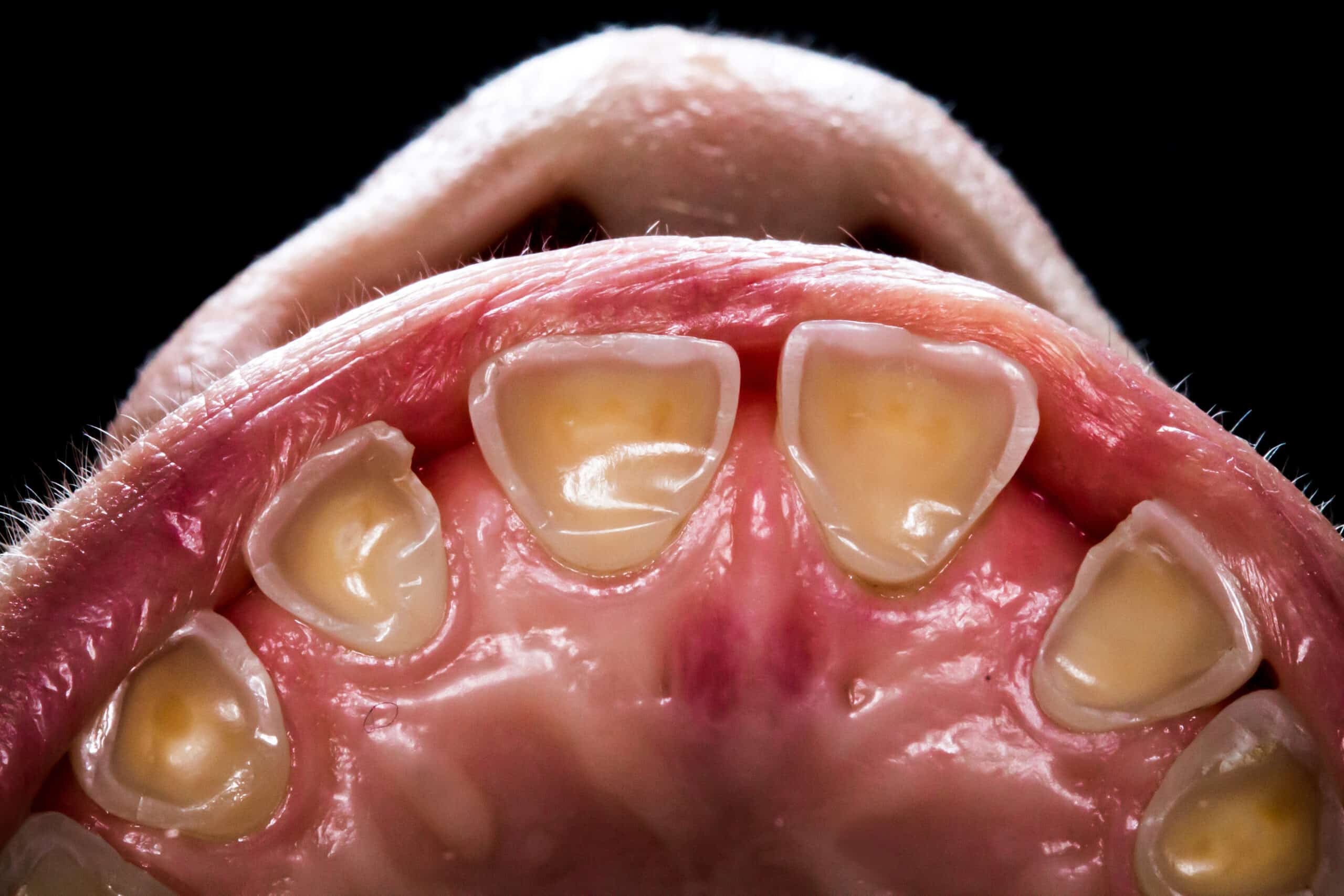Managing Acid Erosion

Acid erosion has become a fairly common condition in recent years—mainly thanks to patient lifestyle choices. If not treated properly, it can lead to serious problems for your patients, causing irreversible damage that affects their quality of life.
Because there is no universally accepted standard for clinical evaluation of acid erosion, it’s difficult to say just how prevalent it is. Still, it does seem to be on the rise in recent decades. Patient with this condition loses a large amount of enamel, with the erosion becoming widespread and often involving the entire dentition. Once the underlying dentin is exposed, patients experience sensitivity, loss of vertical height, and esthetic issues. In the most severe cases, patients find themselves dealing with occlusal morphology and pulp exposure.
Dental professionals need to recognize acid erosion while still in its early stages, provide appropriate treatment options, and educate patients about prevention. That starts with understanding what causes acid erosion and knowing the early warning signs.
The causes
Acid erosion, or dental erosion, occurs when there is continual direct contact between tooth surfaces and acidic substances, leading to hard tissue loss. The demineralization of dental enamel begins when the oral environment’s pH reaches 5.5. various factors can lead to this, both biological and behavioral.
Acids in the mouth come from three sources: in situ via acidogenic bacteria, ingested extrinsic acids, such as sports drinks, citrus fruits, and medications, and dislocated intrinsic acids that enter the oral cavity through the backflow of gastric contents. Extrinsic and intrinsic acids cause dental erosion (those that come from bacteria lead to caries).
Once these acids are present, the severity of the dental erosion that develops depends on the correlation between the tooth’s structural properties and saliva characteristics. Saliva flow rate and buffering capacity play a large role in removing acids from the oral cavity. If flow rates are slow and the buffering capacity poor, extrinsic and intrinsic acids stay in the mouth longer—accelerating the erosion rate.
Saliva has the ability to dissolve, neutralize, and resist the acid agents that cause problems. When confronted with acid, salivary glands increase secretion and saliva, clearing them from the oral cavity. The bicarbonates found in human saliva neutralize acidic remnants, returning the mouth to a normal pH. That’s known as buffering. Autoimmune diseases, certain medications, and aging can reduce the flow rate, hurting its ability to clear and buffer acids that enter the oral cavity. The acquired pellicle and the tooth’s relationship to oral tissues and dental composition are other biological factors. The acquired pellicle serves as a barrier, preventing contact between dental tissue and fatty acids. This delays enamel erosion.
